Of all the categories of exercise that can burn someone out right away, no matter the resolve, cardio has to be the worst. As important as cardio is for a balanced, effective, healthy lifestyle, most people don’t enjoy it. It’s exhausting, it can be rough on the joints, and anyone formerly in the military, or having played sports in school, will associate running and other cardio activities with punishment.
It’s very easy to lose your resolve after one or two runs that positively yank the batteries out of you, and leave you feeling ill-fit and sore the next day. You just simply don’t feel like getting up and doing it all over again.
Fortunately, an alternative that’s almost but not quite entirely as effective as a full cardio routine has existed for millennia.
Today, we’re going to learn about rucking. We’ll look a little bit at is history, why it’s effective, proper technique, and how to pack properly for the activity. This is an interesting one, and some of this will probably surprise you, even if a past career in the military means you’ve rucked before.
What is Rucking?
Rucking is simply the act of marching for long distanced with a heavy sack strapped to your back. Long ago, most people traveled this way, with camping equipment, provisions and what possessions they had, if they had a long journey ahead of them – horses were expensive.
However, rucking’s deepest roots are in the military, where soldiers march for sometimes days or months at a time with all of their provisions and gear in a pack. These packs would often weigh 100-150 pounds or even more.
Ancient imperial soldiers rucked, WWI and WWII soldiers rucked, and modern-day soldiers ruck as well. Many hardcore hikers ruck, without even knowing it. You may have picked up on the fact that the term “rucksack”, which is another word for backpacks, stems from their use in this activity.
 The Benefits of Rucking
The Benefits of Rucking
Rucking seems simple. If you can stand a significant weight strapped to you, and you don’t mind long, steadily-paced walks, the experience is a lot less exhausting, disparaging and draining than traditional cardio.
However, the lower impact impression it leaves is very deceiving. Rucking is a very distributive exercise which benefits the body in a whole host of ways you wouldn’t expect.
For one, the steady march, while supporting significant weight, stimulates circulation, thus elevating your heart rate in a less-than-frantic manner. This helps keep your heart healthy, it helps deliver much-needed oxygen to other parts of the body.
Along with this, you burn almost as many calories as you do on a run. The average 200-pound man, running at 5mph, will burn 755 calories, while a brisk walk at 3.5mph, burns 391 calories, give or take. So, how much does rucking burn?
With 50 pounds of weight, at that 3.5mph pace, the same man will burn 585 calories. That’s not a huge difference from running, is it?
Not only is it almost as effective as running, but it’s actually a whole lot less stressful on the body. That’s a big reason most people hate running – it’s hard to keep an enduring pace. It’s also hard on the body, with your knees and other joints enduring many times your body weight of impact force. For anyone with joint problems, that’s simply out of the question, and for the rest of us, it’s just too unpleasant.
When you ruck, you just put around three times your body weight onto your knees per step, plus any weight on your back.
For those with minor back problems, or lacking in leg, joint or upper shoulder strength, rucking helps build this strength up gradually, gently, but effectively. You’ll be surprised after a few weeks of regular rucking sessions, how much stronger your legs and back will become.
Finally, since it’s a somewhat more leisurely pace than running or jogging, rucking allows you to enjoy the outdoors. If you live in a scenic suburban neighborhood, or near nature trails, it gets you out in the fresh air, and allows you to truly appreciate and know your surroundings on a more intimate level.
It’s also a great social exercise, as you can meet others with the same interest, or spend more time with friends as you take brisk, but not hectic, walks. You can reconnect with people in your life. If you have a family, this can be a great, healthy activity for you to grow closer as a family, and strengthen bonds over a simple, but refreshing journey.
How to Pack Your Rucksack
You can use a variety of different things to weigh down your sack, such as dumbbells, weight platters, taped-together bricks, sandbags, bags of flour or kitty litter, anything benign, heavy, and evenly-distributed in weight. Be sure that the weight is packed in a way that the pull of the sack is even across your shoulders and the front of your body, with no sharp downward pull (this can cause pain, poor circulation, and in severe cases, even vertebral compression).
Be sure to pad the weight so that it stays in place, doesn’t rattle around, and doesn’t poke you painfully nor unhealthily in the back.
 How to Properly Go Rucking
How to Properly Go Rucking
Like any exercise, you don’t want to start out too gun-ho. Starting with 20 pounds, walk for an hour or so, perhaps an hour and a half if you’re already used to spending time on your feet. Every week, add another five pounds, and get up to around 35-50. This is really all you need. While military packs famously weigh over 100 pounds, this isn’t something you should do unless training for the military or some other intense physical demands. It’s very stressful to the body.
Rucking Technique
There’s not a lot of complexity to proper technique, unlike with some other exercises. If you’ve packed the sack properly, it’s all about maintaining a steady pace – not a fast one, but a steady one of constant motion. If you’re going for a long ruck of a few hours (not usually recommended unless you’ve done this for a couple years), stopping for water and a power bar is alright.
Maintain a straight posture, and lift your feet as you walk. Don’t march – this is actually bad for your feet and joints, so step softly and naturally. Make sure the bag is fastened tightly, but not too tightly, to your back, and doesn’t sag, which is bad for your shoulder muscles.
If you have shoulder, back, knee or podiatric problems, then consult your physician before trying rucking or other similar exercises.
Follow us on Facebook today for more fitness tips and secrets!
The post Ruck Marching appeared first on Gaspari Nutrition.






















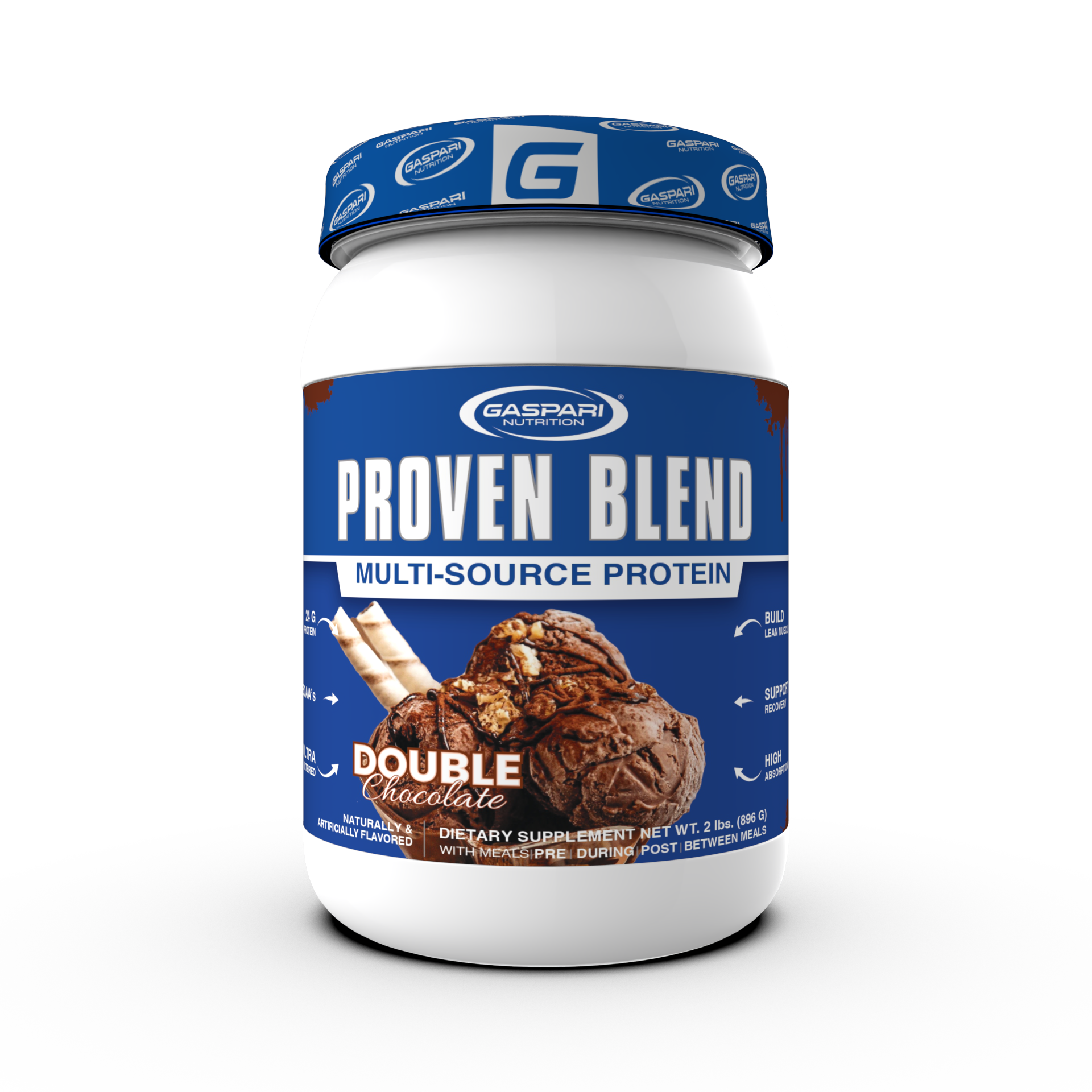
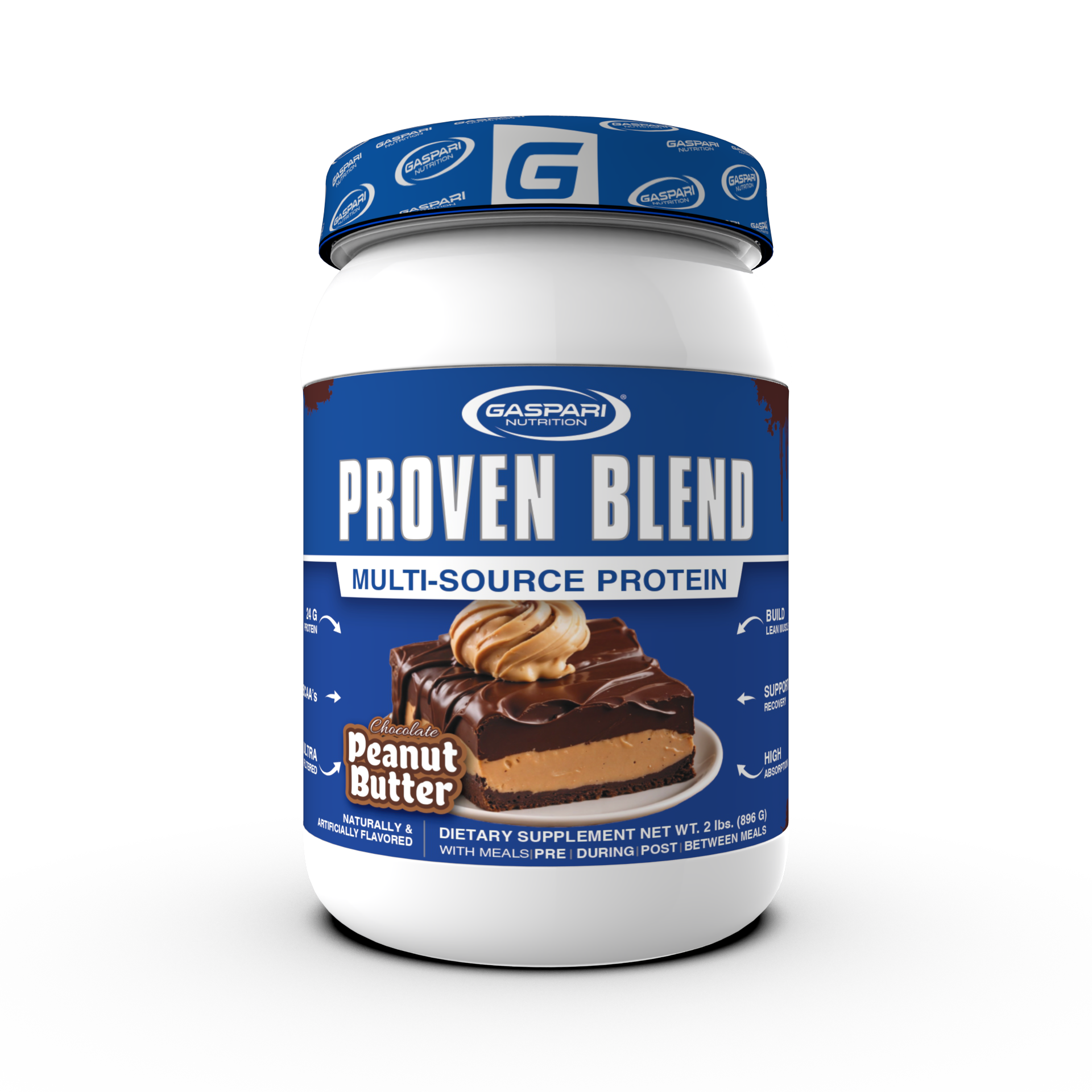











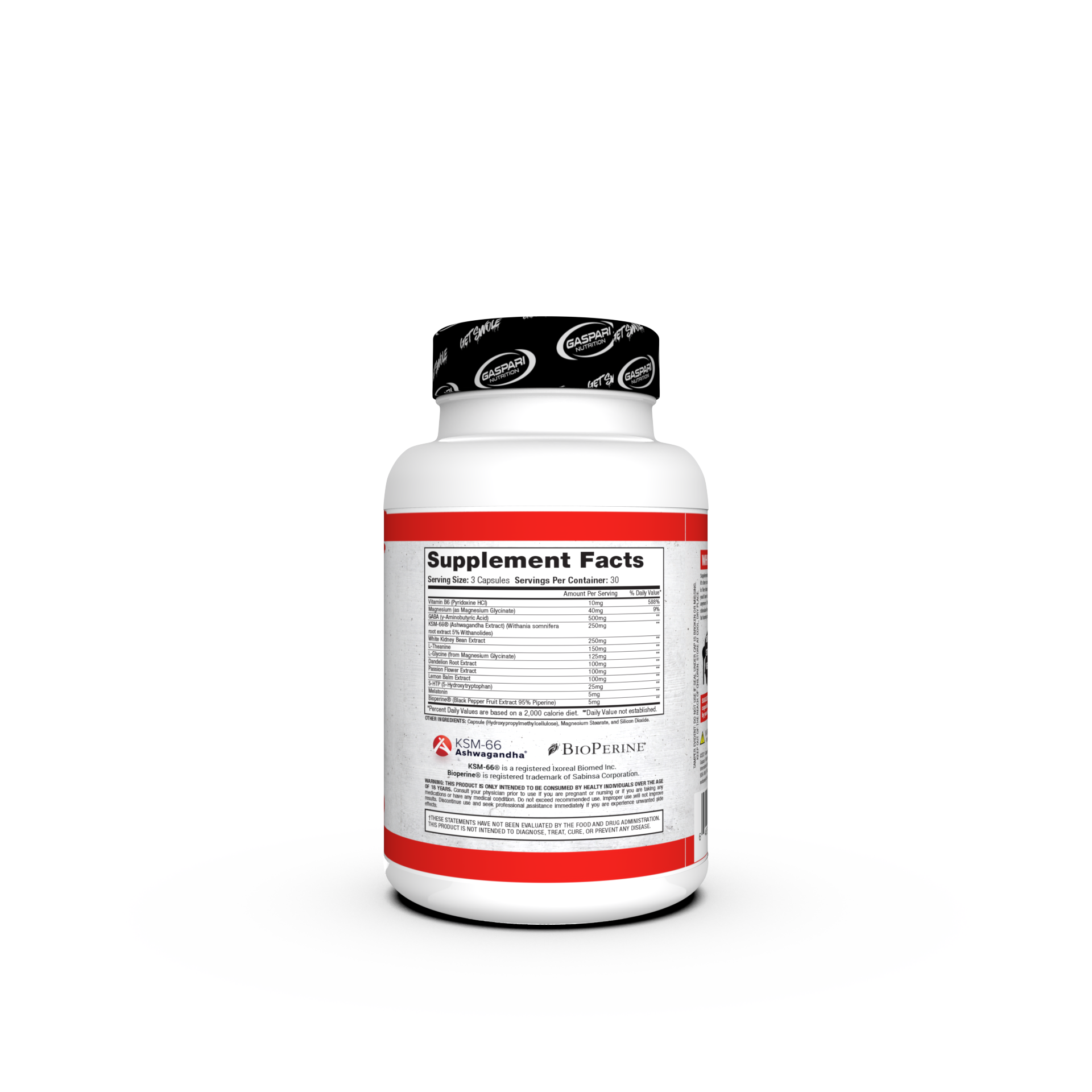


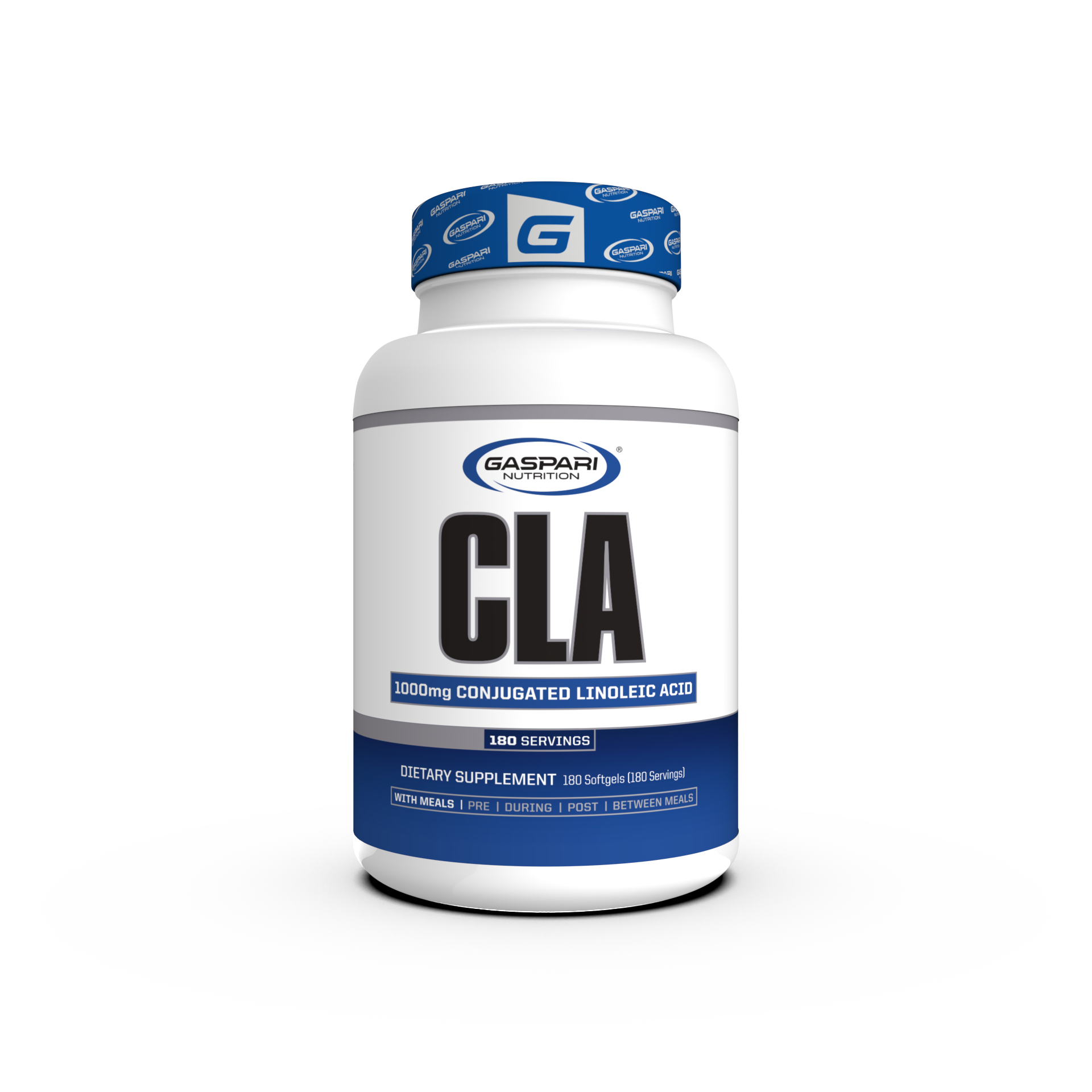







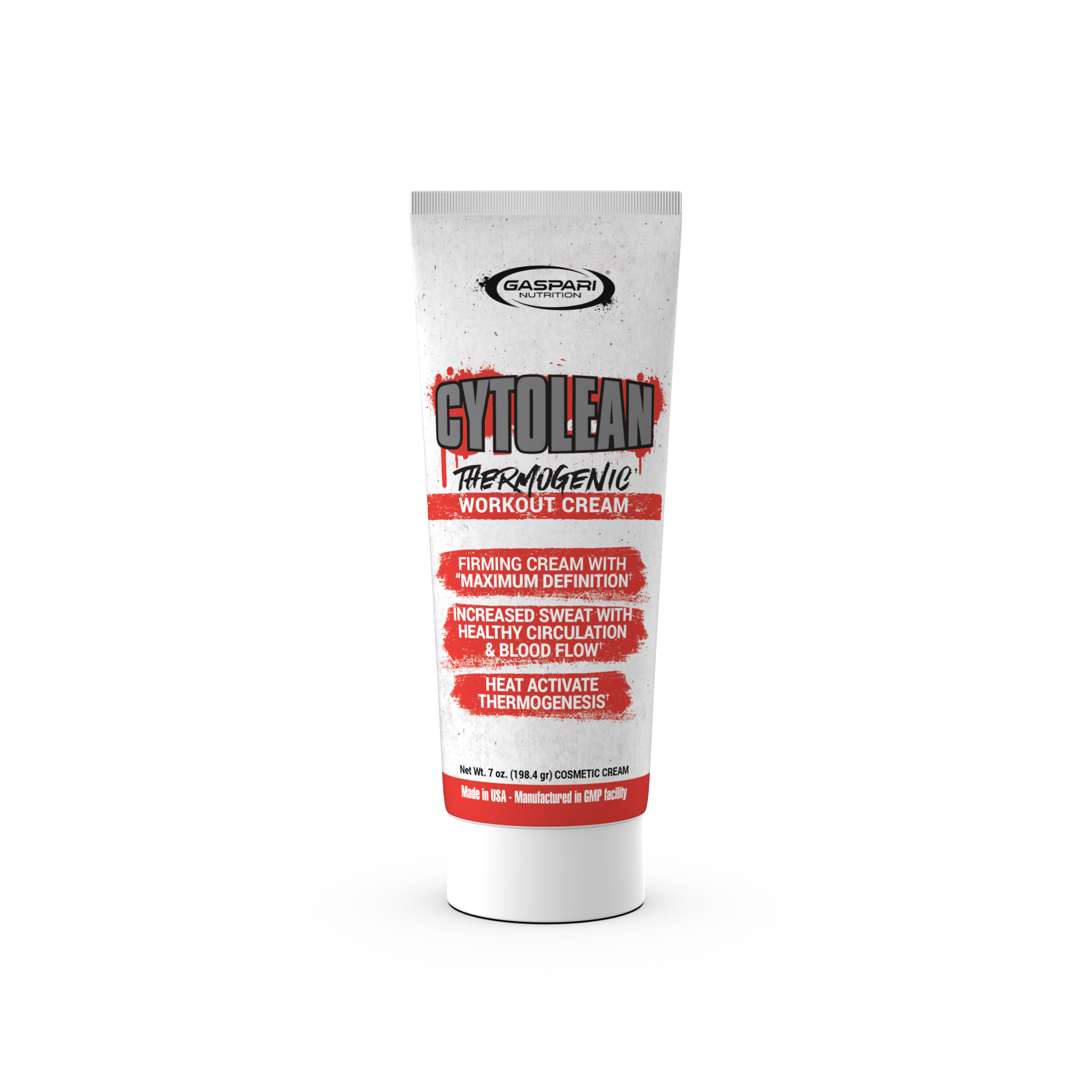



















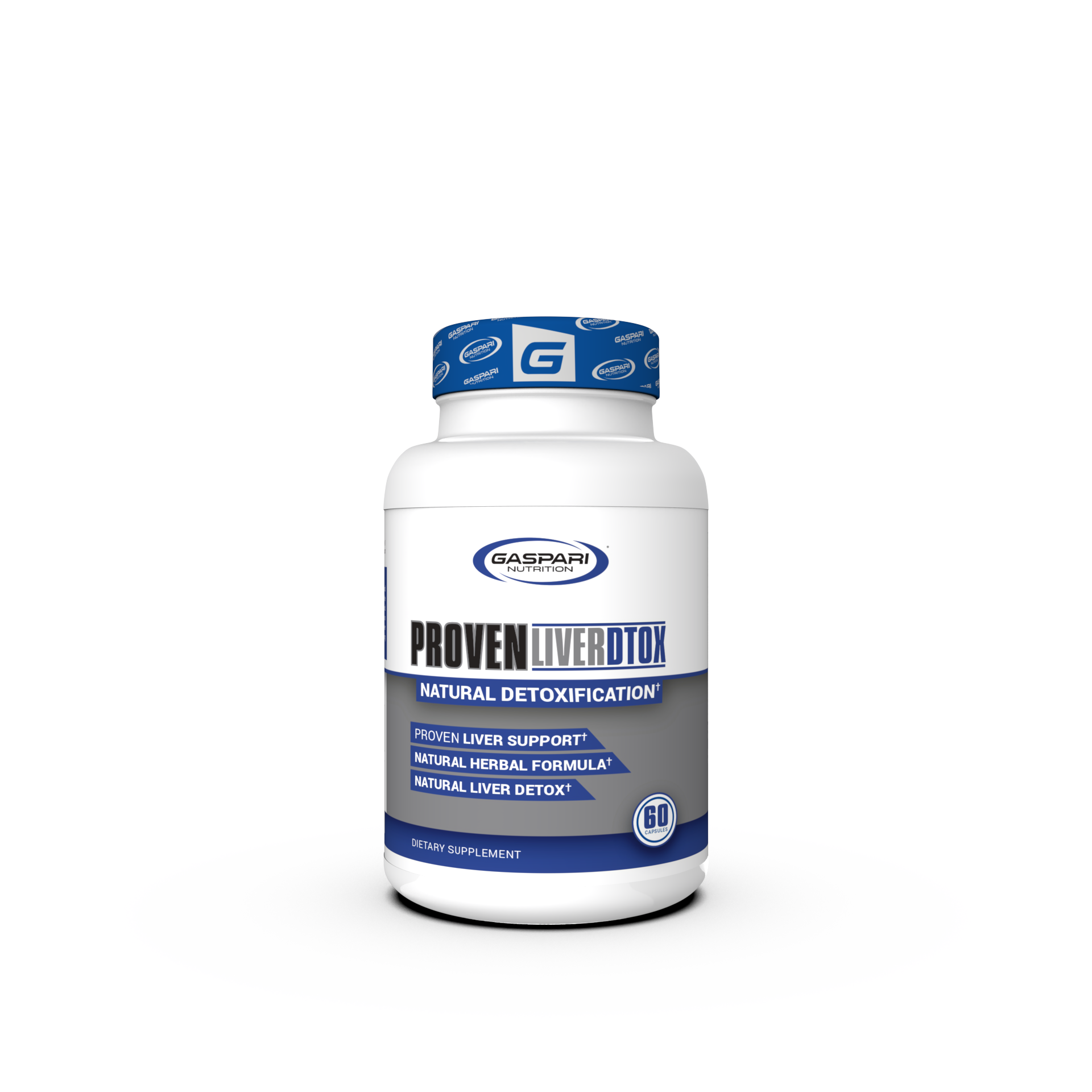

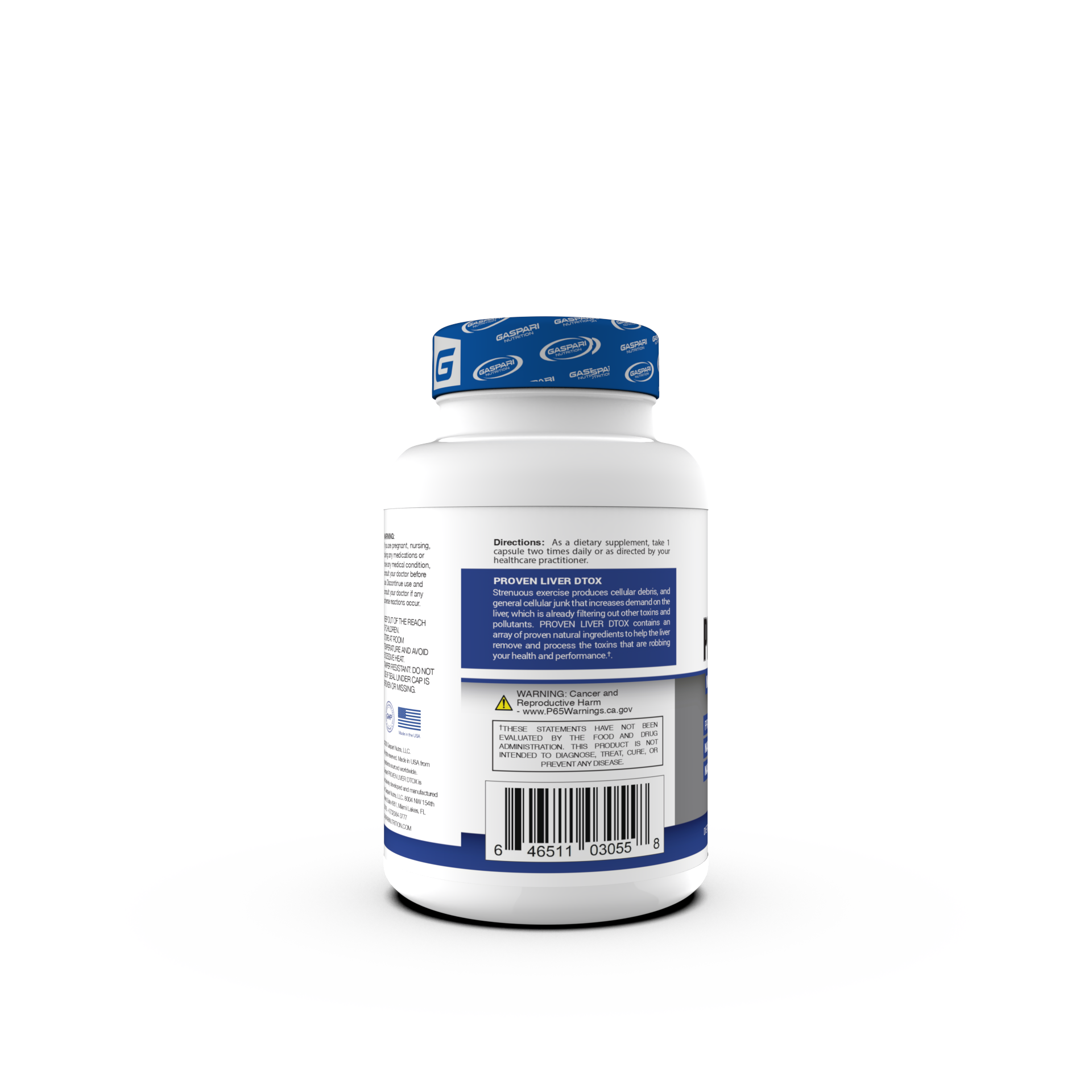







Share:
Benefits of Matcha Green Tea
7 Tricks to Motivate Your Morning Workouts